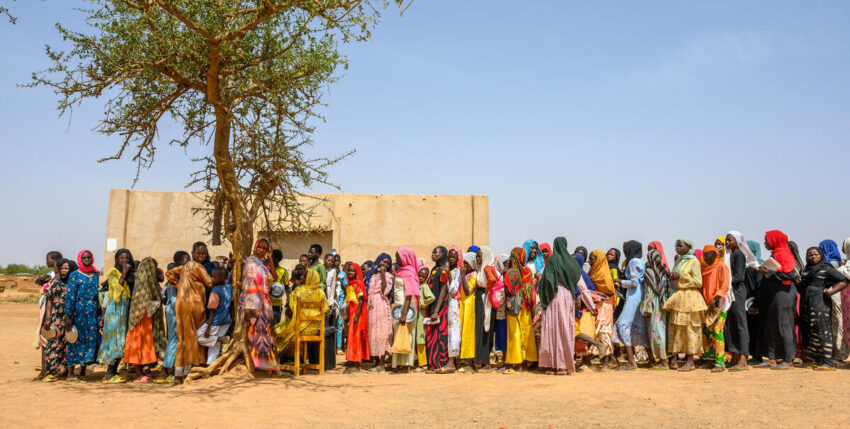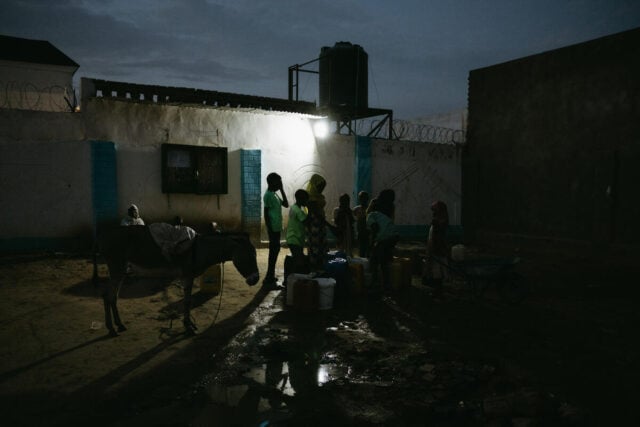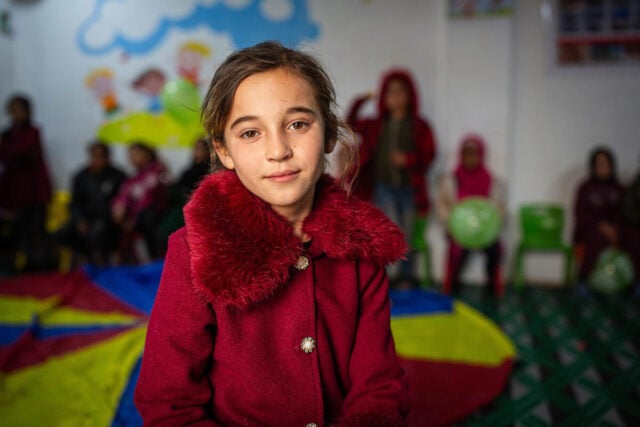Forced displacement is soaring to historic new heights globally, driven by conflict, persecution, human rights violations, and instability, according to the United Nations Refugee Agency (UNHCR). In its Global Trends report, UNHCR states that the current figure now exceeds 120 million as of May 2024.
A major driver of this increase is the escalation of violence in Sudan, now the largest global displacement crisis. The World Food Programme (WFP) has warned that Sudan is quickly becoming the world’s largest hunger crisis as well. Other conflicts have also fueled spikes in new forced displacement, including armed violence in the Middle East. The U.N. Relief and Works Agency (UNWRA) estimates that up to 1.7 million people have been displaced by extreme violence resulting from the Middle East crisis.
Below, read about some of the top countries most affected by forced displacement, and learn how World Vision is responding to support refugees worldwide. The figures for refugees are based on UNHCR’s data as of the end of 2023.
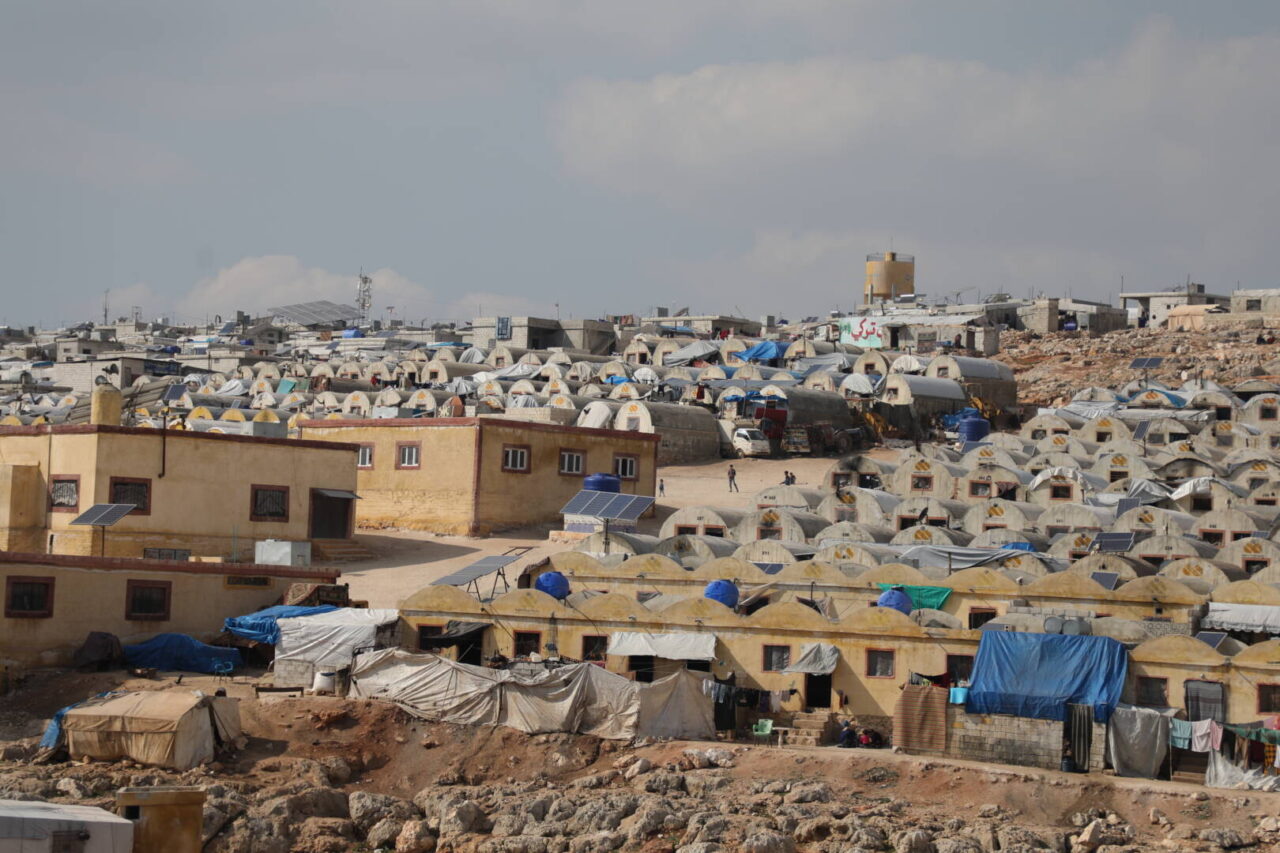
Syria — 6.4 million refugees
Since 2011, the conflict in Syria has driven millions from their homes, with the majority seeking refuge in the Middle East. With 13.8 million people forcibly displaced both within and beyond its borders, Syria has the highest number of displaced people globally. Turkey (officially the Republic of Türkiye) hosts the largest number of Syrian refugees, while others have sought safety in Lebanon, Jordan, and Iraq.
Since the conflict began on March 15, 2011, World Vision has supported more than 7.5 million children in the region. Our ongoing efforts in 2023 reached over 2.8 million people, prioritizing the well-being of children and families. After the devastating February 2023 earthquake, we launched more than 50 projects, including healthcare services, health and nutrition assistance, education programs, and psychological support sessions in schools, in partnership with local organizations. These critical efforts supported more than 1.8 million people.
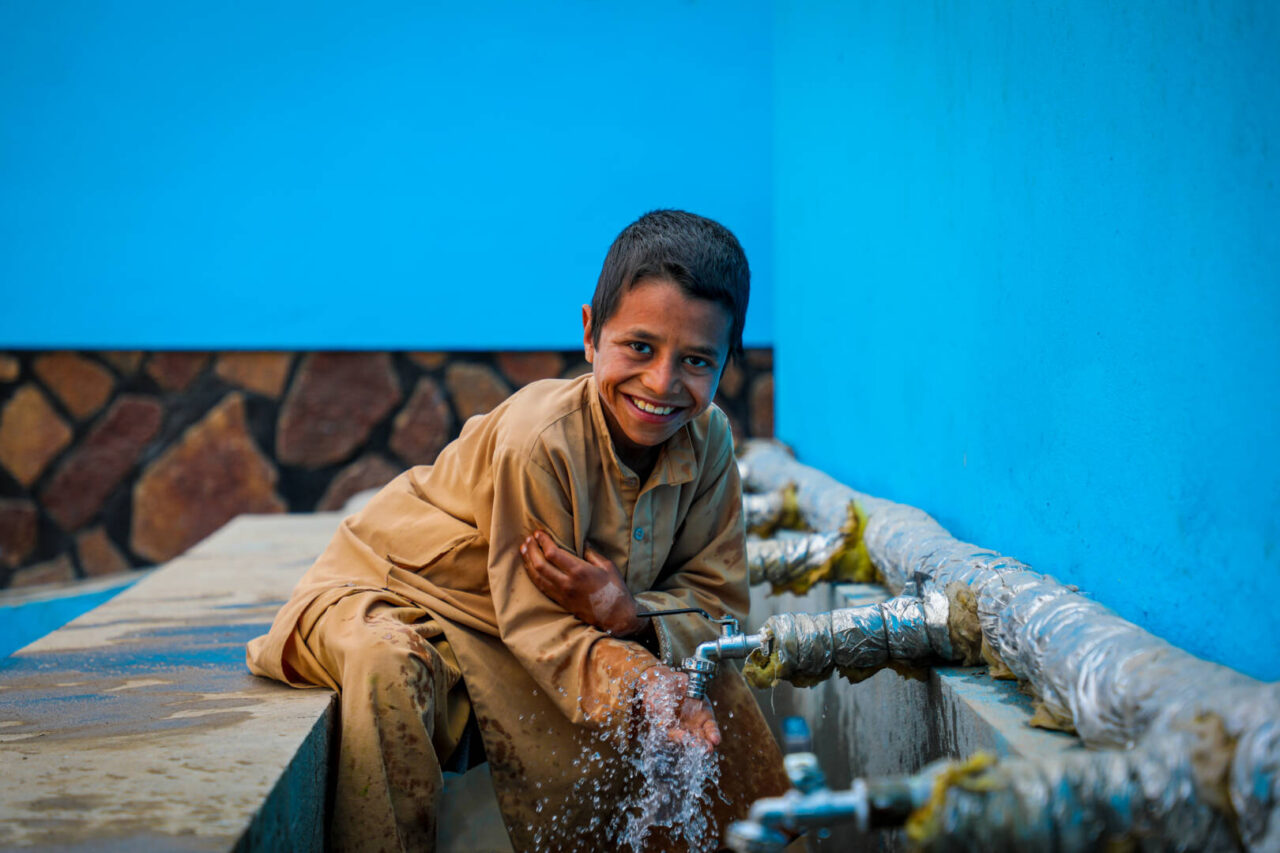
Afghanistan — 6.4 million refugees
Afghanistan is home to one of the largest long-term refugee situations globally, with Iran hosting approximately 3.8 million Afghans and Pakistan 2 million, including some second- or third-generation refugees.
World Vision serves children and families in over 3,000 villages in the northwestern provinces of Badghis, Faryab, Ghor, and Herat. Through partnerships with local community leaders in Afghanistan, we’ve implemented programs to address crises and equip these impacted communities to create positive, sustainable change. In 2023, we reached over 2.8 million people with food and nutrition assistance, healthcare, child protection, and access to clean water, improved sanitation, and hygiene support.
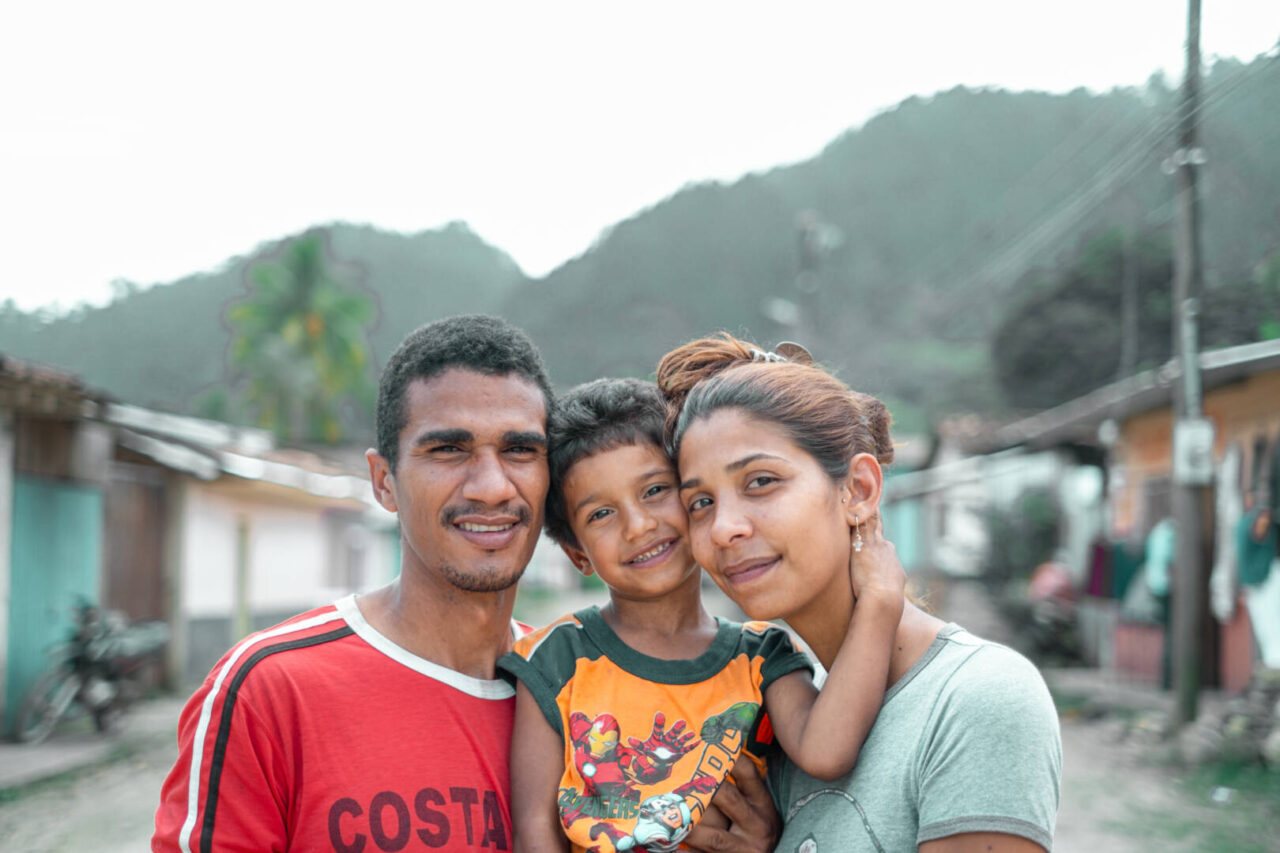
Venezuela — 6.1 million refugees
Years of economic and political instability in Venezuela have forced millions of Venezuelans to leave since 2014. Most of them have migrated to nearby countries to seek food, work, and a better life. According to the UNHCR, many Venezuelans on the move lack legal status and need international protection and aid.
World Vision is committed to supporting people affected by the Venezuela crisis through food and nutritional assistance, access to clean water, and critical health and education services in Bolivia, Brazil, Chile, Colombia, Ecuador, Panama, and Peru. In Venezuela, we’re working with local partner organizations to equip families to improve their children’s lives. From 2019 to March 2024, we reached over 2.1 million people through our programs focused on child protection, education, food security, livelihoods, and more.

Ukraine — 6 million refugees
The conflict in Ukraine, ongoing since February 2022, has uprooted children, families, and entire communities. By the end of 2023, approximately one-sixth of Ukraine’s pre-war population — over 43.8 million in 2021 — had fled to other countries, and an additional 3.7 million people were displaced within Ukraine.
World Vision has been responding since the first week of the crisis. In immediate response, our staff in the region aided refugees who had crossed the Romanian border, offering essentials such as food, shelter, cash assistance, and protection against trafficking. In our ongoing response, we’ve partnered with churches and organizations to support displaced families in Romania, Moldova, Georgia, and Ukraine, along with their host communities. As of April 2024, our staff have supported over 1.8 million across the region with essential resources such as emergency food assistance, hygiene kits, child protection programs, and much more.
Our efforts in the region have expanded to focus on long-term support, including psychosocial assistance and educational programs tailored to the needs of affected children and families.
Sudan — 2 million
Since conflict intensified on April 15, 2023, Sudan has experienced one of the most rapidly evolving crises globally, with unprecedented humanitarian needs arising within a remarkably short timeframe, according to the United Nations Office for the Coordination of Humanitarian Affairs (OCHA). This conflict has resulted in the displacement of over 12 million people, including 5 million children, making it the largest child displacement crisis in the world.
As violence intensifies and displacement spreads throughout Sudan and neighboring countries, food insecurity in the region has reached critical levels. Even before the recent escalation in hostilities, roughly one-third of Sudan’s population faced daily food insecurity. Due to the ongoing conflict, one in every two individuals now requires humanitarian assistance.
One of the largest humanitarian aid organizations in the country, World Vision has served children, families, and communities in Sudan from 1983 to 1988 and from 2004 onwards. Since October 2022, we have reached more than 1.5 million people, the majority of them women and children, with essential aid, including food; access to clean water; and child protection, health and nutrition, and sanitation and hygiene programs.
Myanmar – 1.3 million refugees
In Myanmar, ongoing armed violence and natural disasters, including severe monsoons, have led to widespread displacement, property damage, and heightened humanitarian needs. With over 2.1 million people internally displaced, the situation is dire. Frequent power outages, rising prices, and inflation exacerbate the crisis. World Vision is actively responding to this humanitarian crisis in more than 40 townships, with plans to reach approximately 3 million people impacted by the turmoil.
For many years, but especially since 2017, people belonging to the Rohingya ethnic minority have fled Myanmar due to violence, persecution, and human rights violations, most of them crossing the border into neighboring Bangladesh. World Vision has been delivering vital assistance in Bangladesh to alleviate the Rohingya crisis since it began. From 2017 to 2022, we have supported 584,700 people living in overcrowded camps in Cox’s Bazar with essential aid, including food, clean water, sanitation facilities, shelter, and more.
